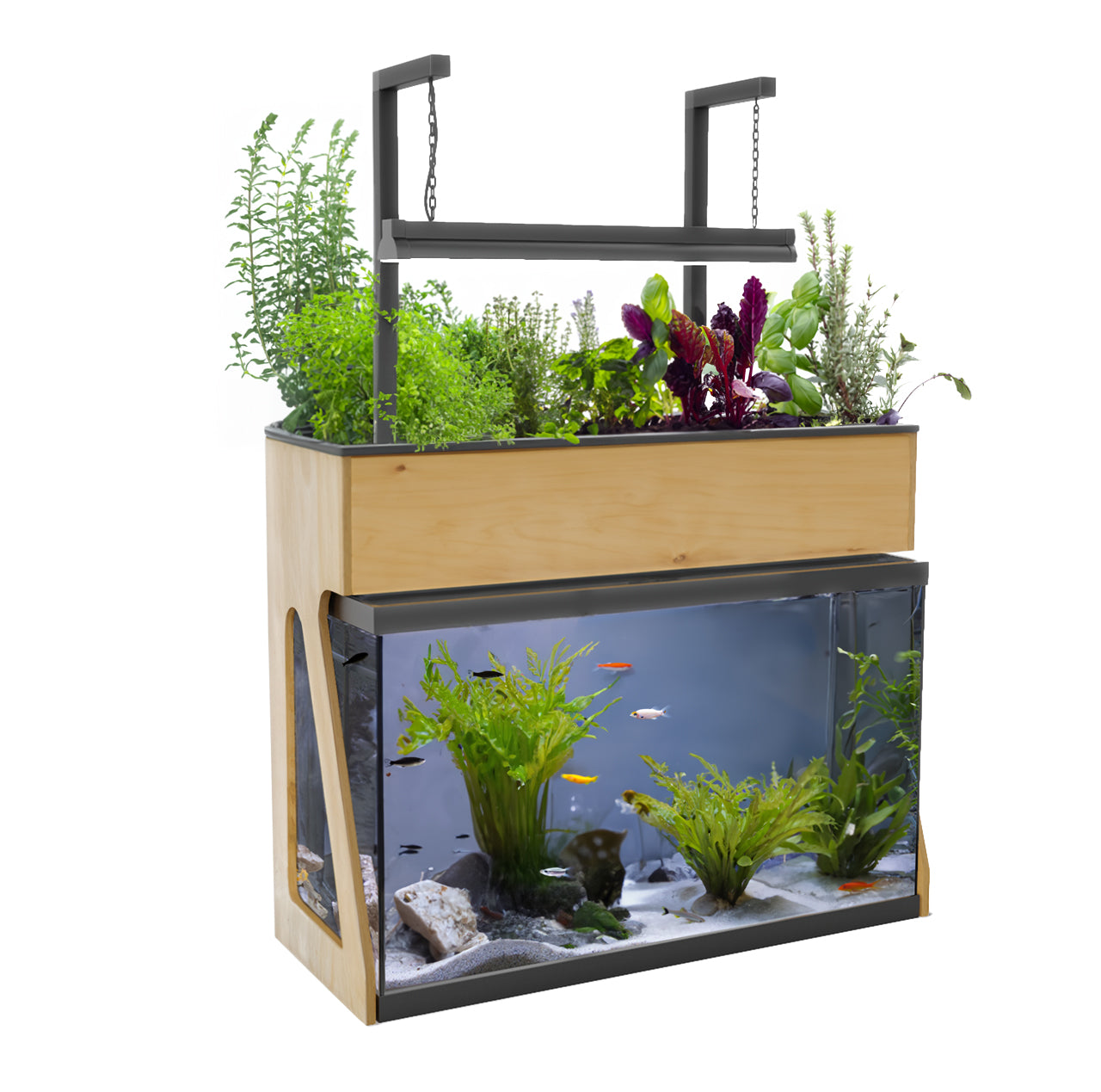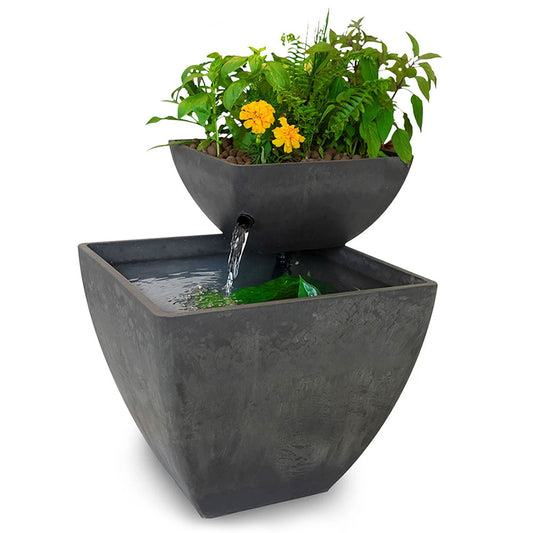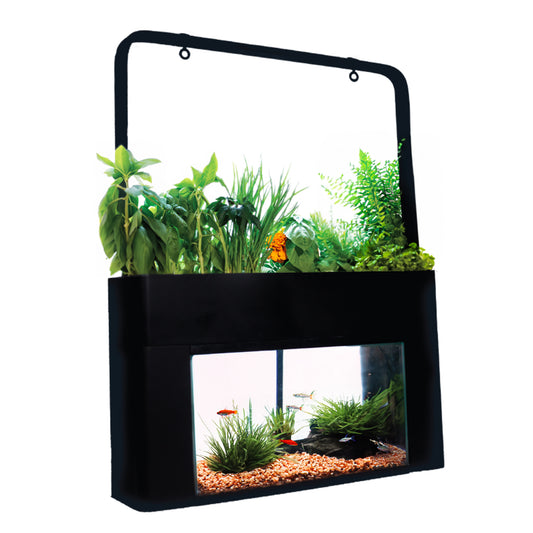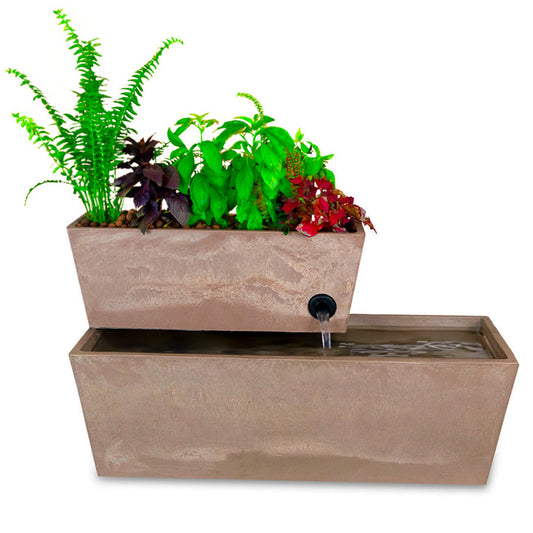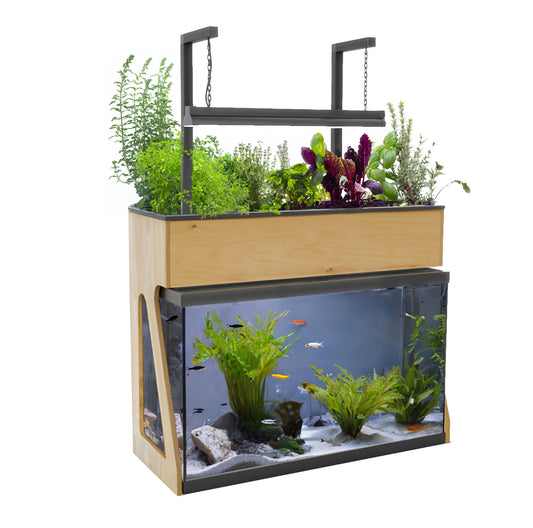In recent years, there has been a growing interest in integrating sustainable agricultural practices into educational curriculums. Among these practices, aquaponics and hydroponics stand out as innovative methods that not only provide hands-on learning experiences but also promote environmental consciousness. While both systems offer unique benefits, aquaponics, with its symbiotic relationship between fish and plants, presents a more holistic and engaging learning tool compared to hydroponics with artificial fertilizers. Let’s delve into the reasons why aquaponics is a superior choice for classroom settings.
1. Environmental Sustainability: One of the key advantages of aquaponics over hydroponics is its emphasis on creating a closed-loop ecosystem. In an aquaponic system, fish waste provides essential nutrients for plant growth, while the plants filter and purify the water for the fish. This symbiotic relationship mimics natural ecosystems and teaches students about the importance of balance and resource efficiency. In contrast, hydroponic systems rely on artificial fertilizers, which can have negative environmental impacts due to chemical runoff and waste disposal.
2. Hands-On Learning: Aquaponics offers a dynamic and interactive learning experience for students. By caring for both fish and plants, students gain practical skills in animal husbandry, plant biology, and water chemistry. They learn about the interconnectedness of living organisms and the role each plays in a functioning ecosystem. This hands-on approach fosters a deeper understanding of biological concepts and encourages students to think critically about sustainability and resource management.
3. STEM Education Integration: Aquaponics provides a multidisciplinary platform for integrating science, technology, engineering, and mathematics (STEM) education. Students can explore topics such as biology, chemistry, physics, and engineering through the design and maintenance of an aquaponic system. They can conduct experiments, collect data, and analyze results, enhancing their problem-solving skills and scientific inquiry. Additionally, aquaponics offers opportunities for real-world applications of technology, such as monitoring water quality, designing efficient filtration systems, and optimizing plant growth.
4. Nutrient Cycling and Waste Reduction: Aquaponics teaches students about nutrient cycling and the concept of waste as a valuable resource. By utilizing fish waste as a natural fertilizer for plants, students witness firsthand how nutrients are recycled in a closed system. This eco-friendly approach not only reduces waste but also highlights the interconnectedness of living organisms in sustaining a healthy ecosystem. In contrast, hydroponic systems relying on artificial fertilizers contribute to nutrient imbalances and environmental pollution.
5. Critical Thinking and Problem-Solving: Aquaponics challenges students to think critically and problem-solve in a dynamic environment. They must consider factors such as water quality, nutrient balance, temperature regulation, and plant growth requirements to maintain a thriving ecosystem. By troubleshooting issues and adapting their strategies, students develop valuable skills in decision-making, adaptability, and resilience. These problem-solving abilities are essential for addressing complex environmental challenges and promoting sustainable practices.
Aquaponics offers a holistic and engaging learning tool for classroom environments, surpassing hydroponics with artificial fertilizers in promoting environmental sustainability, hands-on learning experiences, STEM education integration, nutrient cycling, and critical thinking skills. By incorporating aquaponics into educational programs, students can explore the intricate relationships between living organisms, ecosystems, and sustainable agriculture, fostering a deeper appreciation for the natural world and inspiring future environmental stewards.
